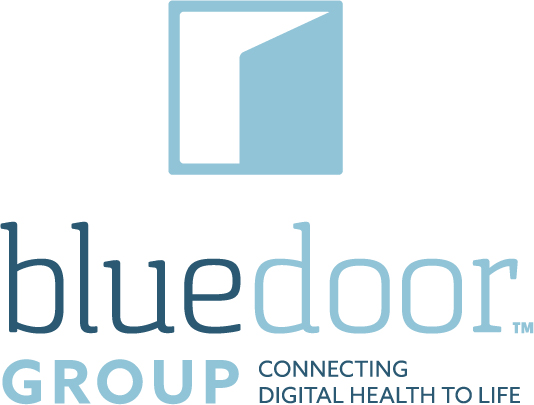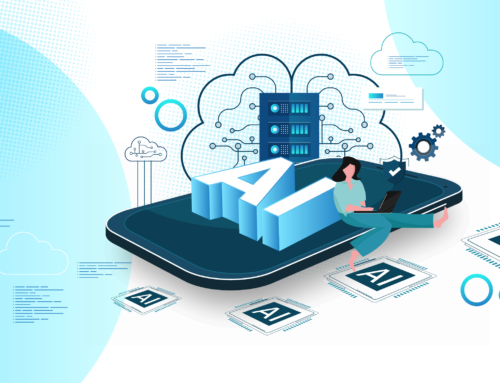By Patrick McMullen, VP of Talent, Bluedoor Group
In 2019, we are seeing a substantial gap in skillsets from a retiring workforce to incoming professionals. Talent developers will spend increasing time trying to close these skills gaps while exploring educational engagement tactics to engage the modern professional, including the incoming Gen Z workforce.
What may be surprising to some is that the largest skills gap in the workforce are primarily “soft skills”. While these soft skills are vitally important for any individual entering the workforce, not everyone has the required skillset.
So, what are soft skills and why are they so important?
Soft skills are personal attribute-driven skills, such as the ability to give and receive feedback, work collaboratively, think creatively, and manage time. They are usually self-developed over time and will always help you in a wide range of jobs as opposed to hard skills, which is typically acquired knowledge in school or through work experience.
So, what exactly is all of this data telling us? Perhaps surprisingly, soft skills are equally important and in as high demand as technical digital skills in the current workforce landscape.
Unfortunately, they are often overlooked in today’s society as some of the country’s fastest-growing roles – sales development, customer success, and customer experience roles – are largely soft skills-based. The US is short an estimated 1.5 million professionals with soft skills, with communication as the #1 skill in demand across all metros analyzed. This could be highly detrimental to a growing economy as a whole as nearly every hiring manager is looking for professionals with these types of skills.
To develop the soft skills of its employees, an employer needs to have a clear idea of which soft skills they already possess, and use that as their starting point. Many companies are still struggling to accurately measure soft skills.
First, it is imperative for an organization to know what soft skills they are looking for: “Do you need relationship builders? Influencers? Conflict resolution? Team builders? This will be very different based on your organization’s objectives, so having a clear understanding on the ideal behaviors of a new employee is essential to maximize their growth in certain areas. Once identified, companies have to gather hard evidence of those skills such as behavioral interview questions, psychometric, and other assessment methods to give an immediate insight into how a candidate tends to behave at work and how they deal with other people, and then train individuals accordingly based on those outcomes.
Employees should leverage these insights to put themselves in the best position possible and companies need to internally identify the fastest-growing roles in their organization while understanding the soft skills associated with these roles, pinpoint the gaps in their workforce, and provide the appropriate learning and development tools to close them.
What we know from numerous reports based on the analysis of this skill gap is that the workforce landscape is forever changing. As technology is transforming the economy, many “soft skills” challenged individuals will need to not just learn but re-learn new skills and let old habits die in order to remain competitive. We are moving towards a digital world, but it is still a world that requires a human touch. In order to achieve continuous improvement, training and education in “soft skills” is imperative, or you may find yourself becoming obsolete.





